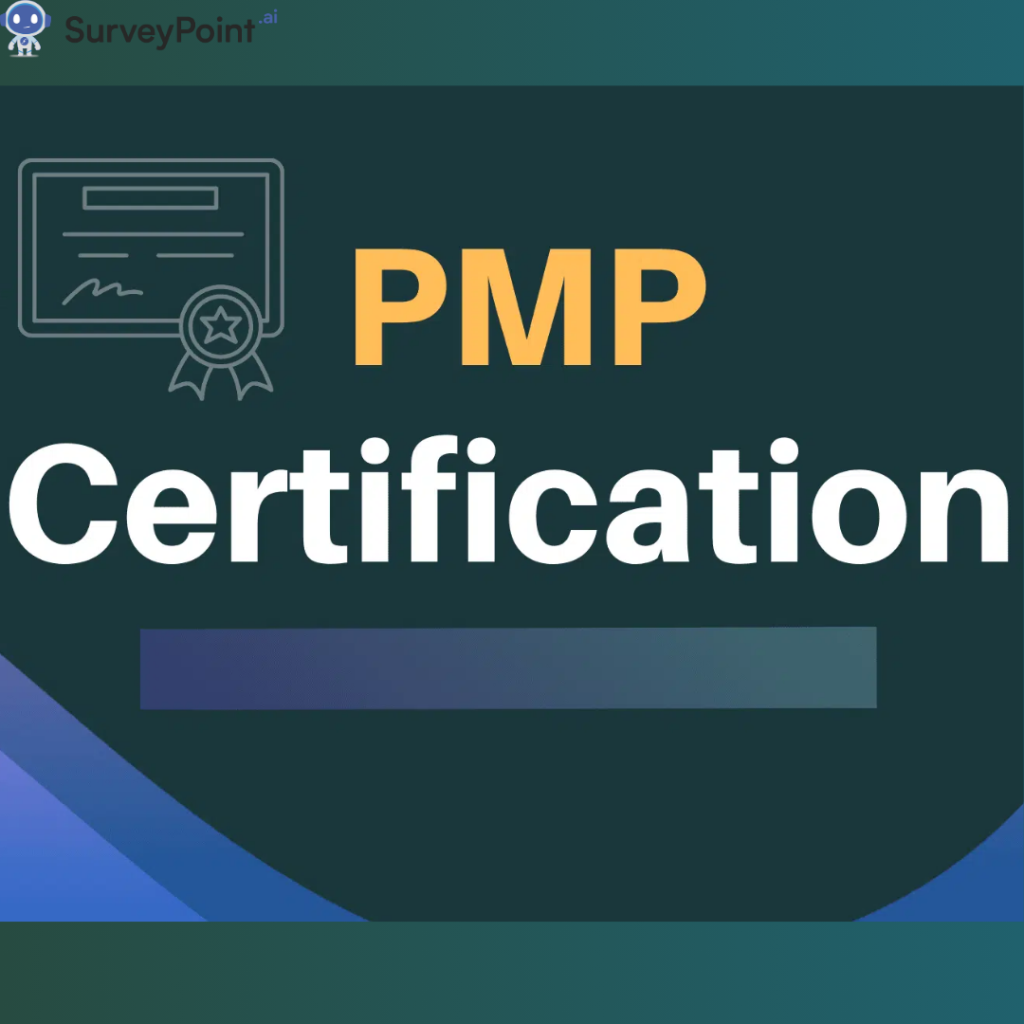
In the realm of organizational efficiency and continuous improvement, Lean methodology has emerged as a pivotal approach. At its core, Lean aims to streamline processes, eliminate waste, and enhance overall productivity. This methodology rests upon two fundamental pillars: Continuous Improvement and Respect for People.
Pillar 1: Continuous Improvement
Continuous Improvement, also known as Kaizen in Japanese, is the first pillar of Lean. It embodies the philosophy of constantly seeking ways to improve processes, products, and services. Key principles of Continuous Improvement include:
- Elimination of Waste: Lean identifies eight types of waste (muda) including overproduction, waiting time, unnecessary transportation, excess inventory, over-processing, motion waste, defects, and underutilization of talent. By eliminating these wastes, organizations can optimize their resources and improve efficiency.
- Standardization: Establishing standardized processes and procedures helps in maintaining consistency, reducing variability, and identifying abnormalities promptly.
- Visual Management: Visual cues and tools such as Kanban boards, Andon lights, and process maps are used to make information visible, enabling quick decision-making and problem-solving.
- Kaizen Events: These are focused, short-term improvement activities where cross-functional teams work together to tackle specific problems or opportunities for improvement.
Pillar 2: Respect for People
The second pillar of Lean, Respect for People, underscores the importance of valuing and developing employees at all levels within an organization. Key elements include:
- Empowerment: Empowering employees to contribute ideas, make decisions, and take ownership fosters a culture of engagement and accountability.
- Teamwork: Collaboration and teamwork are encouraged to leverage diverse perspectives and skills towards achieving common goals.
- Skill Development: Investing in training and skill development ensures that employees have the knowledge and capabilities to perform their jobs effectively and contribute to continuous improvement efforts.
- Leadership Support: Leaders play a crucial role in creating a supportive environment where employees feel respected, valued, and encouraged to innovate.
How the Lean Pillars Support Organizational Culture Change
Implementing Lean principles goes beyond process improvement; it necessitates a cultural transformation within the organization. The two pillars of Lean, Continuous Improvement, and Respect for People, work synergistically to drive this change:
- Cultural Shift: Emphasizing Continuous Improvement cultivates a mindset of innovation and problem-solving across the organization. By continuously challenging the status quo and seeking better ways of doing things, employees become more adaptable and responsive to change.
- Engagement and Morale: Respect for People enhances employee engagement by recognizing their contributions, involving them in decision-making processes, and providing opportunities for growth. This, in turn, boosts morale and motivation, leading to higher job satisfaction and retention rates.
- Adaptability and Resilience: Lean organizations are better equipped to adapt to market changes and disruptions due to their agile and flexible nature. Employees are encouraged to respond proactively to challenges, fostering resilience and sustainability.
How to Implement the Lean Pillars
Implementing Lean requires a systematic approach and commitment from all levels of the organization. Here are key steps to effectively implement the Lean pillars:
Step 1: Assess Current State
- Value Stream Mapping: Identify and analyze current processes to understand where waste occurs and opportunities for improvement exist.
- Stakeholder Engagement: Involve employees at all levels to gain insights and perspectives on existing challenges and potential improvements.
Step 2: Set Clear Objectives
- SMART Goals: Define specific, measurable, achievable, relevant, and time-bound goals aligned with organizational priorities and customer needs.
- Communicate Objectives: Ensure clarity and transparency in communicating goals and expectations to all stakeholders.
Step 3: Foster Continuous Improvement
- Kaizen Workshops: Conduct regular Kaizen events to address specific issues and implement improvements swiftly.
- PDSA Cycle (Plan-Do-Study-Act): Encourage a cycle of experimentation and learning to test and refine improvement ideas.
Step 4: Develop People
- Training and Development: Provide training on Lean principles, problem-solving techniques, and other relevant skills to empower employees.
- Leadership Development: Equip leaders with coaching and facilitation skills to support Lean initiatives and foster a culture of respect and empowerment.
Step 5: Establish Visual Management and Feedback Loops
- Visual Controls: Implement visual management tools to make information accessible and monitor performance in real-time.
- Feedback Mechanisms: Establish regular feedback loops to evaluate progress, identify obstacles, and make necessary adjustments.
Step 6: Sustain and Improve
- Gemba Walks: Conduct Gemba walks to observe processes firsthand, engage with employees, and reinforce Lean principles.
- Continuous Learning: Encourage a culture of continuous learning and improvement by celebrating successes, learning from failures, and adapting to changing circumstances.
Wrap Up
In conclusion, the two pillars of Lean—Continuous Improvement and Respect for People—serve as the foundation for creating a culture of excellence and sustainability within organizations. By embracing these principles and implementing them systematically, organizations can achieve operational excellence, enhance employee engagement, and build resilience in an increasingly competitive landscape. Embracing Lean is not just about optimizing processes; it’s about fostering a mindset of continuous learning, collaboration, and respect that drives long-term success and growth.




